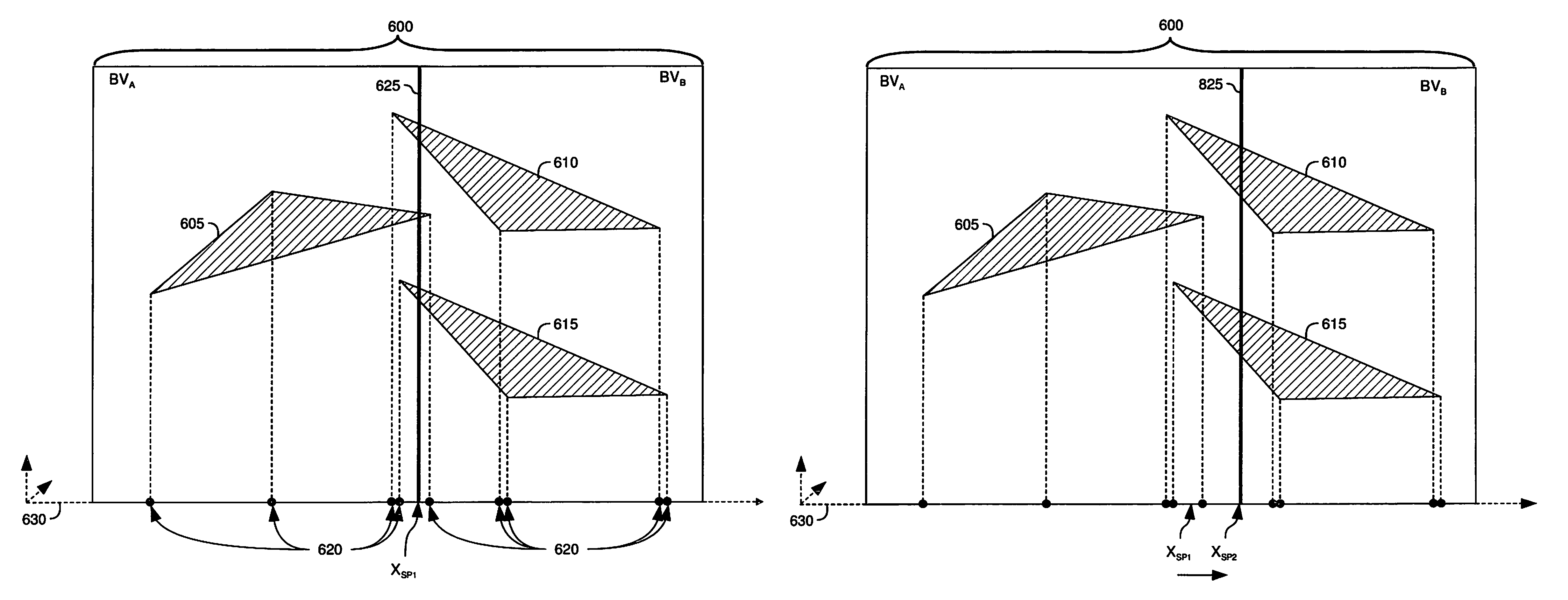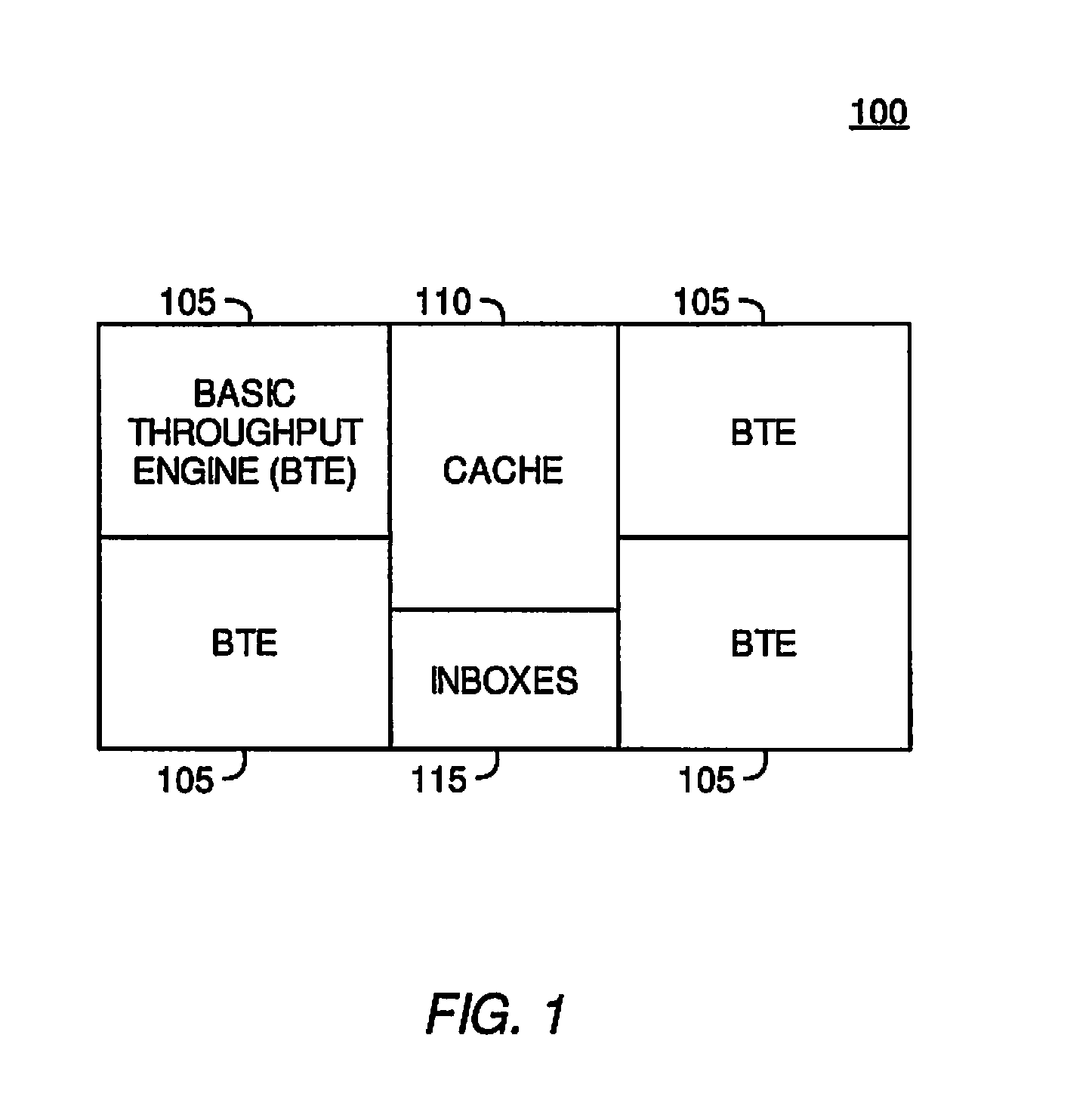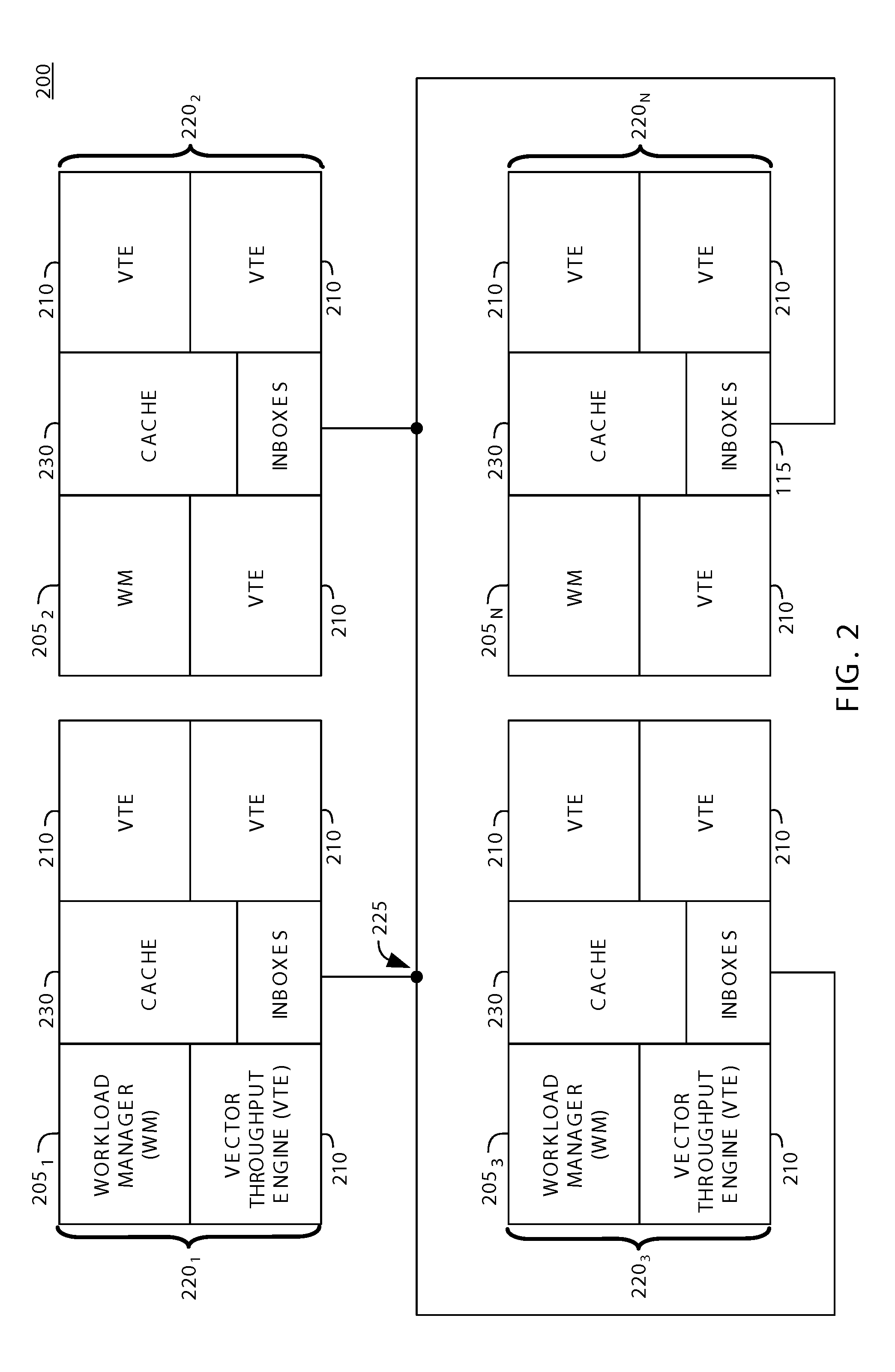Method for improving spatial index efficiency by jittering splitting planes
a spatial index and jittering technology, applied in the field of image processing, can solve the problems of rasterization suffering from some drawbacks, modern monitors display images, and use relatively low amounts of computational power
- Summary
- Abstract
- Description
- Claims
- Application Information
AI Technical Summary
Benefits of technology
Problems solved by technology
Method used
Image
Examples
Embodiment Construction
[0024]Embodiments of the invention provide methods and apparatus to improve the efficiency of a ray tracing image processing system. According to one embodiment of the invention, the position of a splitting plane used to create a bounding volume may be modified in both a positive and negative direction along an axis to determine if a more efficient location for the splitting plane exists. After a modification in either direction a number of primitives intersected by the splitting plane may be calculated. The number of primitives intersected by the splitting plane for each location (e.g., modified location in positive direction, modified location in negative direction, or original location) may be compared, and the location with the fewest intersected primitives may be chosen for the final position of the splitting plane. By choosing the location with the fewest intersected primitives the efficiency of the image processing system may be improved.
[0025]In the following, reference is m...
PUM
 Login to View More
Login to View More Abstract
Description
Claims
Application Information
 Login to View More
Login to View More - R&D
- Intellectual Property
- Life Sciences
- Materials
- Tech Scout
- Unparalleled Data Quality
- Higher Quality Content
- 60% Fewer Hallucinations
Browse by: Latest US Patents, China's latest patents, Technical Efficacy Thesaurus, Application Domain, Technology Topic, Popular Technical Reports.
© 2025 PatSnap. All rights reserved.Legal|Privacy policy|Modern Slavery Act Transparency Statement|Sitemap|About US| Contact US: help@patsnap.com



